Intrinsically, the Kodkod is like any big cat, it hunts, breeds and always lands on its feet; but, unlike its feline counterparts, it isn’t mighty in stature, amplified by its title of “The Smallest Wild Cat In the America’s”, affecting it’s speed and prey.
Introduction
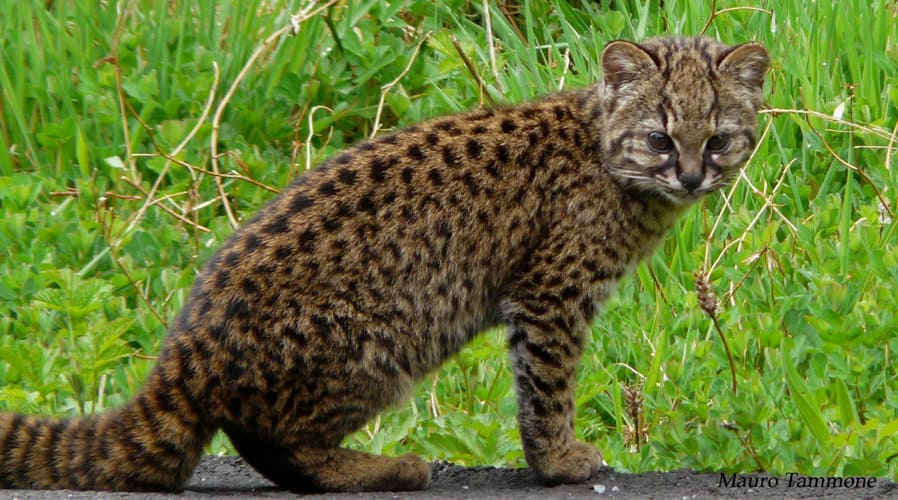
One the animal kingdoms rearrest sightings, Kodkod’s primarily reside in the fruitful yet unforgiving forests of Chile’s Andean region. This article discusses everything from diet to hunting skills.
The Smallest Wildcat in the Americas

Kodkods (Leopardus guigna), also called güiña (pronounced gwinya), are coated in melanistic fur, with a rare pigmentation found in their skin. Unlike their big cat cousins, who hunt everything from buck to buffalo, they predominantly hunts rodents.
Diet
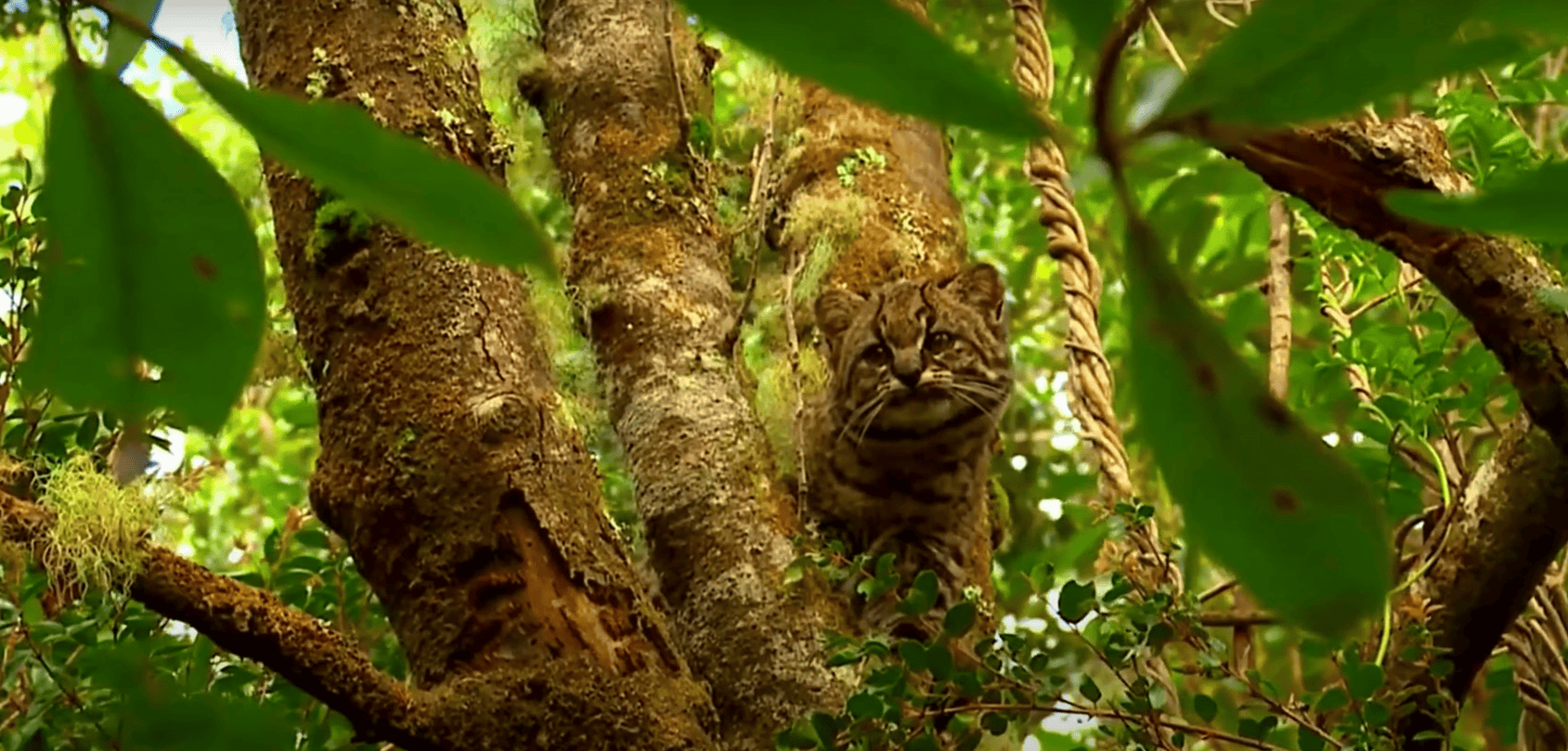
These small felines prowl through the underbrush of Chile’s Andean forests, their keen senses attuned to the slightest movement or sound betraying the presence of potential prey. Mice, voles, and other small mammals comprise the bulk of their diet, reflecting the Kodkod’s specialized adaptations for hunting in densely vegetated environments.
Hunting Skills

Despite its diminutive size, the Kodkod possesses remarkable hunting skills honed over millennia of evolution. Stealth and agility are its greatest assets, allowing it to navigate through the labyrinthine tangle of foliage with ease. With acute senses and lightning-fast reflexes, the Kodkod stalks its prey silently, closing in for the decisive strike with precision and efficiency. Its success as a hunter, despite its small stature, underscores the resourcefulness and adaptability of this captivating species.
Habitat
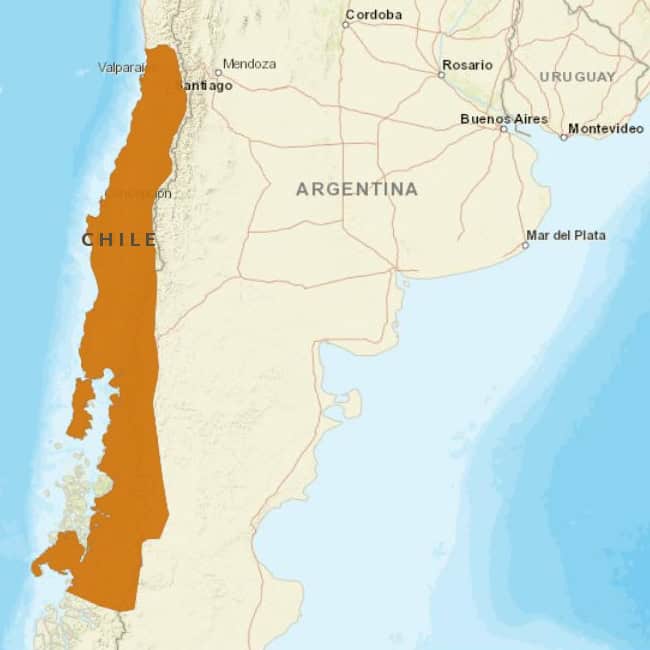
The Kodkod’s range encompasses the lush and biodiverse forests of Chile’s Andean region, where it roams amidst the towering trees and tangled undergrowth. These habitats provide the perfect blend of cover and prey availability for the smallest wild cat, offering ample opportunities for hunting and shelter. From dense temperate rainforests to montane woodlands, the Kodkod traverses a variety of ecosystems, each presenting its own unique challenges and opportunities for survival.
Sneak 100

These elusive cats are masters of stealth and prefer to remain hidden among the dense vegetation that covers their preferred habitat. They are primarily crepuscular, meaning they are most active during dawn and dusk, sleeping away midday and midnight. Further, kodkods rarely make sounds, instead marking areas with scent to communicate with other kodkods.
Climate Challenges

The Kodkod faces numerous challenges in its quest for survival, many of which are exacerbated by climate change. Shifts in temperature and precipitation patterns can disrupt the delicate balance of ecosystems, altering the distribution and abundance of prey species. Extreme weather events, such as droughts and floods, can devastate local populations, leading to food shortages and increased competition among predators. Rising temperatures may also expand the range of invasive species, introducing new threats to the already vulnerable Kodkod populations.
Conservation Concerns
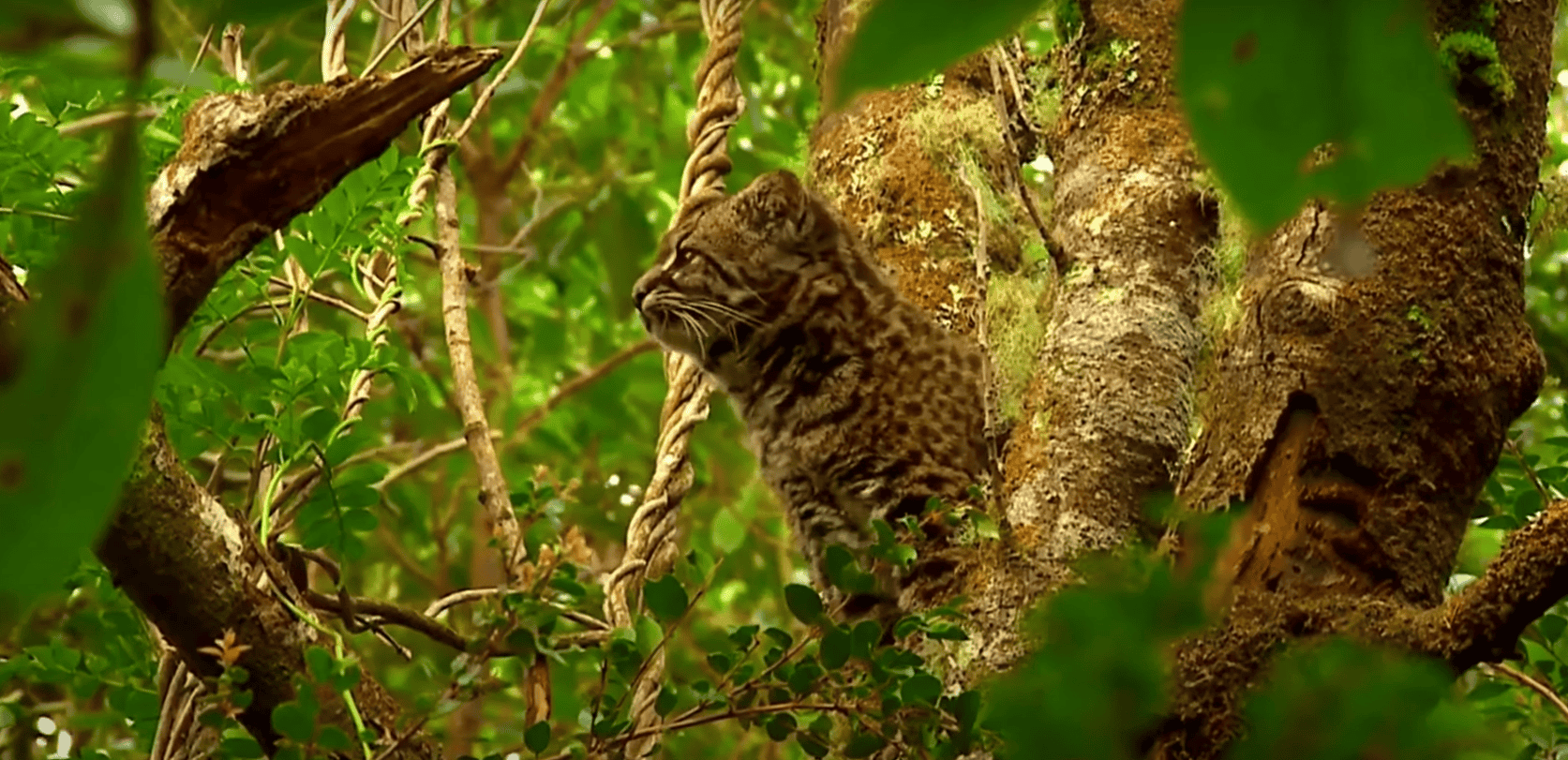
Conservation efforts are crucial to safeguarding the future of the Kodkod and preserving its vital role within its ecosystem. Habitat loss and fragmentation pose significant threats to this smallest wild cat, as human activities encroach upon its forest habitat. Deforestation for agriculture, urbanization, and logging diminishes the availability of prey and disrupts the Kodkod’s natural behaviors. Fragmentation further isolates populations, hindering gene flow and increasing vulnerability to genetic disorders and inbreeding depression.
Conservation Efforts

Protected areas and wildlife corridors are essential for maintaining connectivity between Kodkod populations, allowing for gene flow and promoting genetic diversity. Habitat restoration initiatives can help mitigate the impacts of deforestation, restoring critical habitat and enhancing the resilience of local ecosystems. Public awareness and education are also vital components of conservation efforts, fostering appreciation for the Kodkod and the importance of preserving its habitat for future generations. By addressing the threats facing this iconic species, we can ensure that the smallest wild cat in the Americas continues to roam freely amidst the forests of Chile’s Andean region.
Conclusion
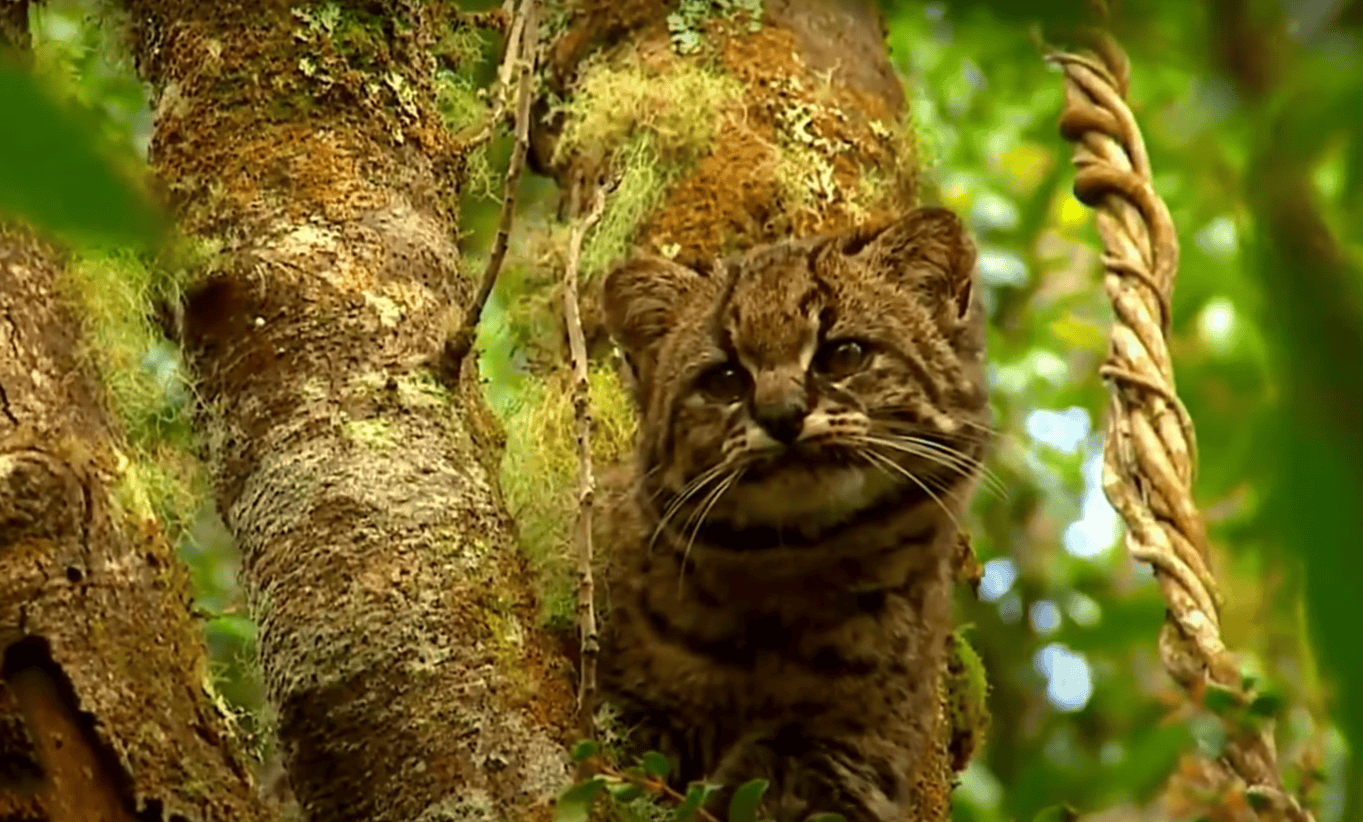
Thanks for reading! If you’re wanting to discover more about the feline world, click below:
- Conserving South America’s Smallest Wild Cat – The Guina
- The Different Types of Wild Cats
- The Origin of Cats
Join our Forum for free today!

- The Kodkod: Rare & Tiny Wild Cat of South America - June 26, 2024
- Heartwarming Rescue: Strangers Save Pregnant Dog Carrying 11 Puppies - June 23, 2024
- Heroic Dolphins Save Swimmers From Massive Great White Shark - June 15, 2024

